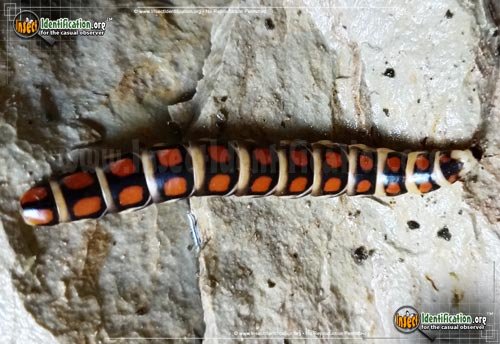
Glowworms belong to various species, primarily found in New Zealand and Australia. They emit a soft glow to attract prey, which mostly consists of insects. This captivating behavior isn’t just for show; it helps keep their populations in check while playing a vital role in the food web. If you’re thinking about the intricate connections in nature, glowworms are like tiny links in a vast chain, each one essential for maintaining balance.
What Are Glowworms and Their Habitat?
Glowworms are not a single species but rather a collective term for several species of bioluminescent larvae, primarily from the *Lampyridae* family, which also includes fireflies. You might picture them as tiny, glowing magicians performing in the dark. Their glow is caused by a chemical reaction in their bodies, which produces light. This phenomenon, known as bioluminescence, serves several purposes, but primarily, it’s a strategy to lure prey.
These fascinating creatures are often found in damp, dark environments like caves, forest floors, and riverbanks. They thrive in humid conditions, where they can set up intricate silk threads to trap unsuspecting insects. When night falls, their glow becomes a beacon, guiding insects straight into their sticky snares. Imagine the glowworms as tiny lanterns illuminating the night, creating a natural spectacle that’s as beautiful as it is functional.
Glowworms and Their Role in the Food Web
Here’s the thing: every creature in an ecosystem has a role, and for glowworms, that role is crucial. By attracting insects, they not only feed themselves but also help regulate insect populations. This natural pest control can have a ripple effect on the larger ecosystem. If glowworm numbers dwindle, the insects they prey on could multiply unchecked, leading to an imbalance in the ecosystem.
In a way, glowworms are like small, silent guardians of their environment. They help maintain the health of their habitats by ensuring that no single species becomes too dominant. This is particularly important in delicate ecosystems, such as caves and unique forest environments, where myriad species coexist. The presence of glowworms can indicate that an ecosystem is thriving, acting as a sort of ecological barometer.
Glowworms as Indicators of Environmental Health
You might be wondering how glowworms fit into the bigger picture of environmental health. Well, their sensitivity to changes in climate and habitat makes them excellent indicators of ecosystem health. When conditions change—be it pollution, habitat destruction, or climate change—glowworms often disappear first. Their decline can signal to scientists and conservationists that something is amiss in the environment.
Monitoring glowworm populations can help researchers assess the impact of human activities on ecosystems. For instance, if a glowworm population crashes in an area that’s been recently developed, it might indicate that the habitat has been compromised. By studying these trends, we can better understand how to protect not only glowworms but also the entire ecosystem they inhabit.
The Importance of Glowworms in Tourism and Education
Glowworms are not just enchanting to look at; they have also become a significant draw for eco-tourism in places like New Zealand and Australia. Tourists flock to see these glittering creatures, often leading to the development of sustainable tourism practices. This brings awareness about the importance of preserving natural habitats and encourages local economies to prioritize conservation.
Moreover, glowworms serve as a fantastic educational tool. Schools and nature programs often use them to teach about ecosystems, food webs, and bioluminescence. Kids (and adults!) who learn about glowworms might become more engaged with nature, fostering a sense of responsibility toward environmental conservation. By shining a light on these insects, literally and metaphorically, we can inspire the next generation to care for our planet.
Conservation Efforts and Future Challenges
Given their sensitivity to environmental changes, glowworms face numerous threats, including habitat destruction, pollution, and climate change. Many scientists and conservation organizations are working hard to protect these remarkable insects and their habitats. This includes raising awareness about the importance of preserving areas where glowworms thrive, as well as restoring damaged ecosystems.
Here’s a quick rundown of some conservation efforts:
- Habitat Restoration: Replanting native vegetation and removing invasive species help restore ecosystems.
- Pollution Control: Reducing pollution in waterways can improve the conditions for glowworms and other wildlife.
- Sustainable Tourism Practices: Encouraging responsible tourism helps protect natural habitats from overuse.
By focusing on these efforts, we can ensure that glowworms continue to sparkle in the darkness for generations to come.
In closing, the ecological importance of glowworms extends far beyond their stunning beauty. These unique insects play a critical role in their ecosystems by contributing to food webs, serving as environmental indicators, and supporting eco-tourism and education.
By understanding their importance, we can better appreciate the intricate connections within nature and work to protect these captivating creatures. So next time you see a glowworm, remember: they’re not just shining stars in the dark; they’re vital players in the grand play of life on Earth. Let’s do our part to keep their lights glowing bright!
